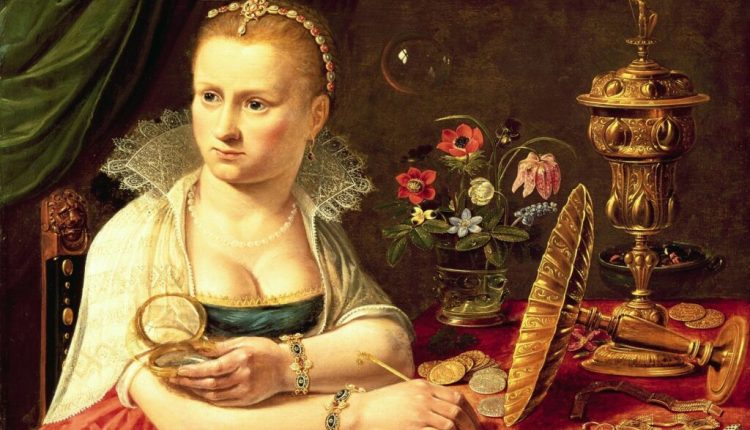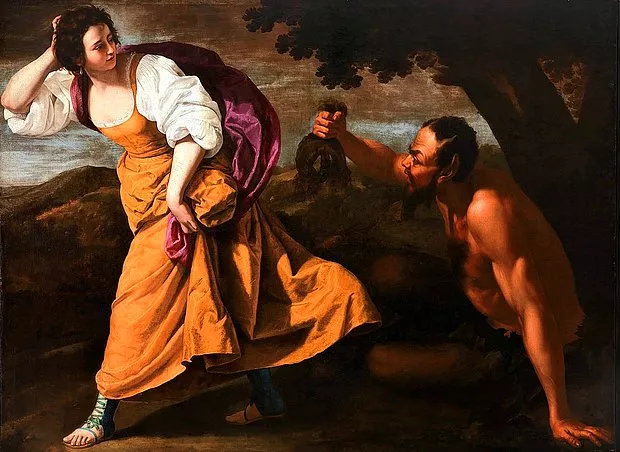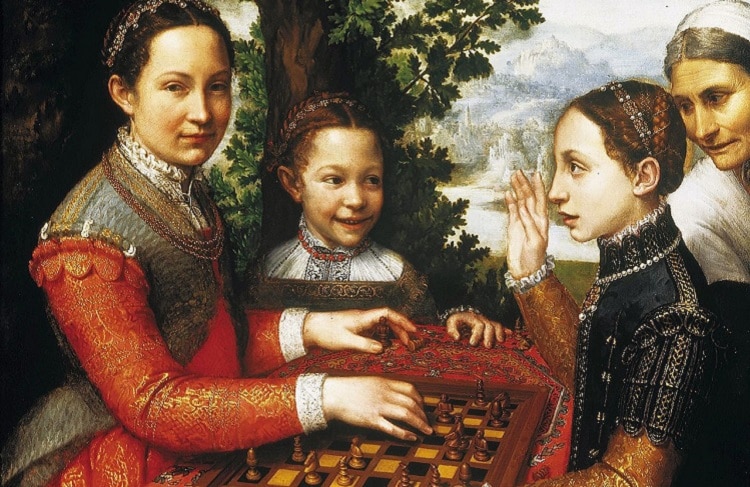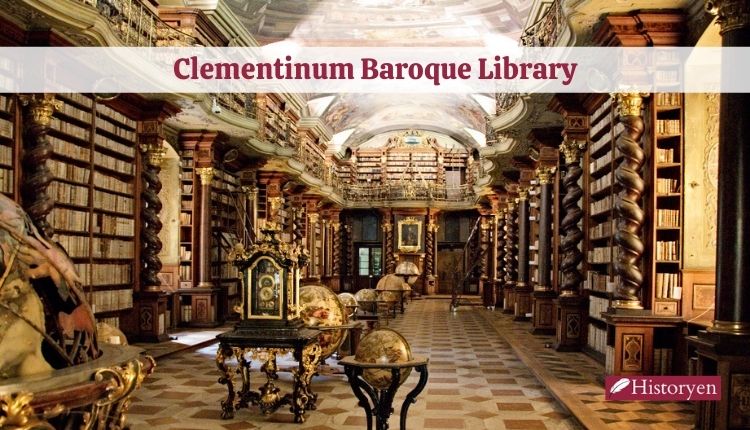The She-roes of Renaissance Art are a group of female artists who made significant contributions to the art world during the Renaissance period. These women were trailblazers in their own right, pushing the boundaries of what was considered acceptable for women to do in the arts. They were often overlooked and undervalued in comparison to their male counterparts, but their work has since been recognized and celebrated for its beauty and innovation. From the early 15th century to the late 17th century, these women created some of the most iconic works of art in history, and their influence can still be seen in the art world today. This article will explore the lives and works of some of the most influential She-roes of Renaissance Art.
Celebrating the She-roes of Renaissance Art: Examining the Lives and Works of Female Artists
The Renaissance period was a time of great artistic and cultural advancement, and many of the most influential figures of the era were female artists. From the early 15th century to the late 16th century, these women made significant contributions to the world of art, and their works have had a lasting impact on the development of art history. This article will explore the lives and works of some of the most renowned she-roes of the Renaissance Art.
One of the earliest female artists of the Renaissance was Sofonisba Anguissola (1532-1625). Born in Cremona, Italy, Anguissola was the eldest of seven sisters, all of whom were trained in the arts. She was a talented painter, and her works often featured her sisters as models. Her most famous painting, “The Chess Game” (1555), is a portrait of her sisters playing chess. Anguissola was also a skilled portraitist, and her works were highly sought after by the Italian nobility.
Another important female artist of the Renaissance was Lavinia Fontana (1552-1614). Born in Bologna, Italy, Fontana was the daughter of a painter and was trained in the arts from a young age. She was a prolific painter, and her works often featured religious and mythological themes. Fontana was also a skilled portraitist, and her works were highly sought after by the Italian nobility. Her most famous painting, “The Virgin and Child with Saints” (1590), is a portrait of the Virgin Mary and the infant Jesus surrounded by saints.

The most famous female artist of the Renaissance was Artemisia Gentileschi (1593-1653). Born in Rome, Italy, Gentileschi was the daughter of a painter and was trained in the arts from a young age. She was a talented painter, and her works often featured strong female protagonists. Her most famous painting, “Judith Slaying Holofernes” (1620), is a depiction of the biblical story of Judith slaying the Assyrian general Holofernes. Gentileschi was also a skilled portraitist, and her works were highly sought after by the Italian nobility.
These she-roes of the Renaissance art made significant contributions to the world of art, and their works have had a lasting impact on the development of art history. Their lives and works serve as an inspiration to all aspiring female artists, and their legacy will continue to be celebrated for generations to come.
Exploring the Impact of Female Artists on the Renaissance Art Movement
The Renaissance period of art, which spanned from the 14th to the 17th centuries, was a time of great innovation and creativity. During this period, art was used to express religious, political, and social ideas, and it was a major influence on the development of European culture. While the Renaissance is often associated with male artists such as Michelangelo and Leonardo da Vinci, female artists also played an important role in the movement.
The first female artist of the Renaissance period was Properzia de’ Rossi, who was born in Bologna in 1490. She was a sculptor and was known for her intricate and detailed works. Her most famous work is a marble sculpture of Judith and Holofernes, which is now housed in the Bargello Museum in Florence. Properzia de’ Rossi was a pioneer in her field, and her work was highly praised by her contemporaries.
Another important female artist of the Renaissance period was Sofonisba Anguissola. Born in Cremona in 1532, she was a painter who specialized in portraiture. She was the first female artist to be accepted into the Accademia di San Luca in Rome, and her work was highly sought after by the Italian nobility. Her most famous painting is a portrait of her sisters, which is now housed in the Prado Museum in Madrid.
The most famous female artist of the Renaissance period was Artemisia Gentileschi. Born in Rome in 1593, she was a painter who specialized in religious and mythological scenes. Her work was highly praised for its emotional intensity and her use of strong colors. Her most famous painting is Judith Slaying Holofernes, which is now housed in the Uffizi Gallery in Florence.

The work of these female artists had a profound impact on the Renaissance art movement. They helped to expand the range of subjects that could be explored in art, and their work was highly praised by their contemporaries. They also helped to challenge the traditional gender roles of the time, and their work was a major influence on the development of European culture.
The impact of female artists on the Renaissance art movement cannot be overstated. They helped to expand the range of subjects that could be explored in art, and their work was highly praised by their contemporaries. They also helped to challenge the traditional gender roles of the time, and their work was a major influence on the development of European culture. The work of these female artists is an important part of the history of the Renaissance period, and it is a testament to their skill and creativity.
Uncovering the Hidden Histories of Women in Renaissance Art: Reclaiming the Narrative of Art History
The Renaissance period was a time of great artistic and cultural achievement, yet the contributions of women to this period have often been overlooked.
The Renaissance period saw a shift in the way women were represented in art. While the Middle Ages had largely depicted women as passive figures, Renaissance art began to portray them as active participants in the world around them. Women were depicted in a variety of roles, from mothers and wives to scholars and artists.
One of the most prominent female artists of the Renaissance was Sofonisba Anguissola. Born in Cremona, Italy in 1532, Anguissola was the first woman to gain recognition as a professional artist. She was trained by her father, a local painter, and went on to become a court painter for the Spanish royal family. Her works were praised for their skillful use of color and light, and she was even commissioned to paint a portrait of Queen Elizabeth I.
Another important female artist of the Renaissance was Lavinia Fontana. Born in Bologna in 1552, Fontana was the first woman to become a professional painter in her city. She was trained by her father, a local painter, and went on to become a successful portrait painter. Her works were praised for their skillful use of color and light, and she was even commissioned to paint a portrait of Pope Gregory XIII.
The Renaissance also saw the emergence of female sculptors. One of the most prominent was Properzia de’ Rossi, who was born in Bologna in 1490. She was trained by her father, a local sculptor, and went on to become a successful sculptor. Her works were praised for their skillful use of marble and bronze, and she was even commissioned to create a sculpture of Pope Julius II.
The Renaissance period was a time of great artistic and cultural achievement, and the contributions of women to this period should not be overlooked. By uncovering the hidden histories of women in Renaissance art, we can reclaim the narrative of art history and recognize the important role that women played in this period.



